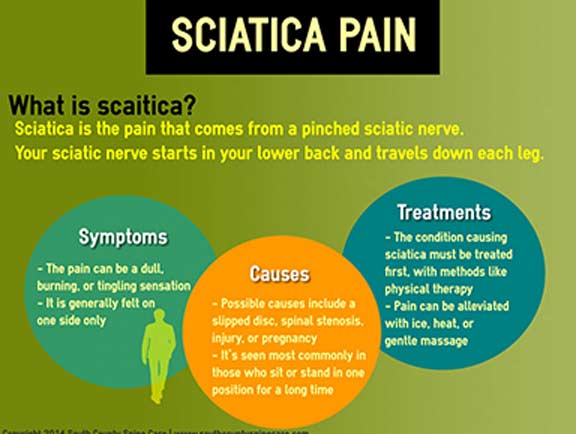Address Pain In The Back By Recognizing The Everyday Regimens That Might Be Contributing To It; Minor Changes Can Pave The Way To A Life Without Discomfort
Address Pain In The Back By Recognizing The Everyday Regimens That Might Be Contributing To It; Minor Changes Can Pave The Way To A Life Without Discomfort
Blog Article
Material Create By-Dyhr Baxter
Maintaining correct pose and staying clear of usual risks in daily tasks can dramatically influence your back health. From how you sit at your desk to exactly how you raise hefty items, tiny modifications can make a big difference. Imagine a day without the nagging back pain that impedes your every action; the option may be less complex than you assume. By making a few tweaks to your everyday practices, you could be on your means to a pain-free existence.
Poor Posture and Sedentary Lifestyle
Poor pose and a less active way of living are 2 major contributors to pain in the back. When you slouch or suspicion over while resting or standing, you put unnecessary stress on your back muscles and spinal column. check here can bring about muscular tissue inequalities, tension, and eventually, chronic pain in the back. Additionally, sitting for long periods without breaks or exercise can compromise your back muscles and lead to tightness and pain.
To fight bad stance, make an aware initiative to rest and stand directly with your shoulders back and lined up with your ears. Keep in mind to maintain your feet level on the ground and prevent crossing your legs for extensive periods.
Including regular stretching and enhancing exercises right into your day-to-day regimen can additionally aid boost your pose and relieve pain in the back associated with an inactive way of living.
Incorrect Training Techniques
Improper lifting techniques can considerably contribute to neck and back pain and injuries. When you lift hefty things, remember to bend your knees and utilize your legs to raise, instead of counting on your back muscles. Stay clear of turning your body while lifting and maintain the things close to your body to lower stress on your back. It's vital to maintain a straight back and prevent rounding your shoulders while lifting to avoid unnecessary stress on your back.
Constantly assess the weight of the things prior to lifting it. If it's too hefty, request assistance or usage tools like a dolly or cart to transfer it safely.
Remember to take breaks during raising tasks to provide your back muscles a possibility to relax and avoid overexertion. By applying correct lifting techniques, you can prevent pain in the back and lower the danger of injuries, guaranteeing your back stays healthy and balanced and solid for the long-term.
Absence of Regular Exercise and Stretching
A less active way of living without normal workout and stretching can considerably add to back pain and pain. When you don't take part in physical activity, your muscular tissues come to be weak and inflexible, resulting in bad position and enhanced stress on your back. Normal exercise helps reinforce the muscles that sustain your spine, improving security and lowering the risk of back pain. Incorporating extending right into your regimen can additionally boost versatility, protecting against tightness and pain in your back muscles.
To prevent back pain brought on by severe back pain causes of workout and extending, aim for at the very least half an hour of modest exercise most days of the week. Consist of workouts that target your core muscular tissues, as a solid core can help alleviate pressure on your back.
In addition, take breaks to extend and move throughout the day, specifically if you have a desk work. Simple stretches like touching your toes or doing shoulder rolls can aid ease stress and prevent back pain. Focusing on regular exercise and extending can go a long way in keeping a healthy and balanced back and lowering discomfort.
Verdict
So, keep in mind to stay up right, lift with your legs, and stay active to avoid back pain. By making simple modifications to your day-to-day practices, you can avoid the discomfort and constraints that feature pain in the back. Deal with your spinal column and muscle mass by practicing great stance, appropriate training techniques, and routine exercise. Your back will certainly thanks for it!
